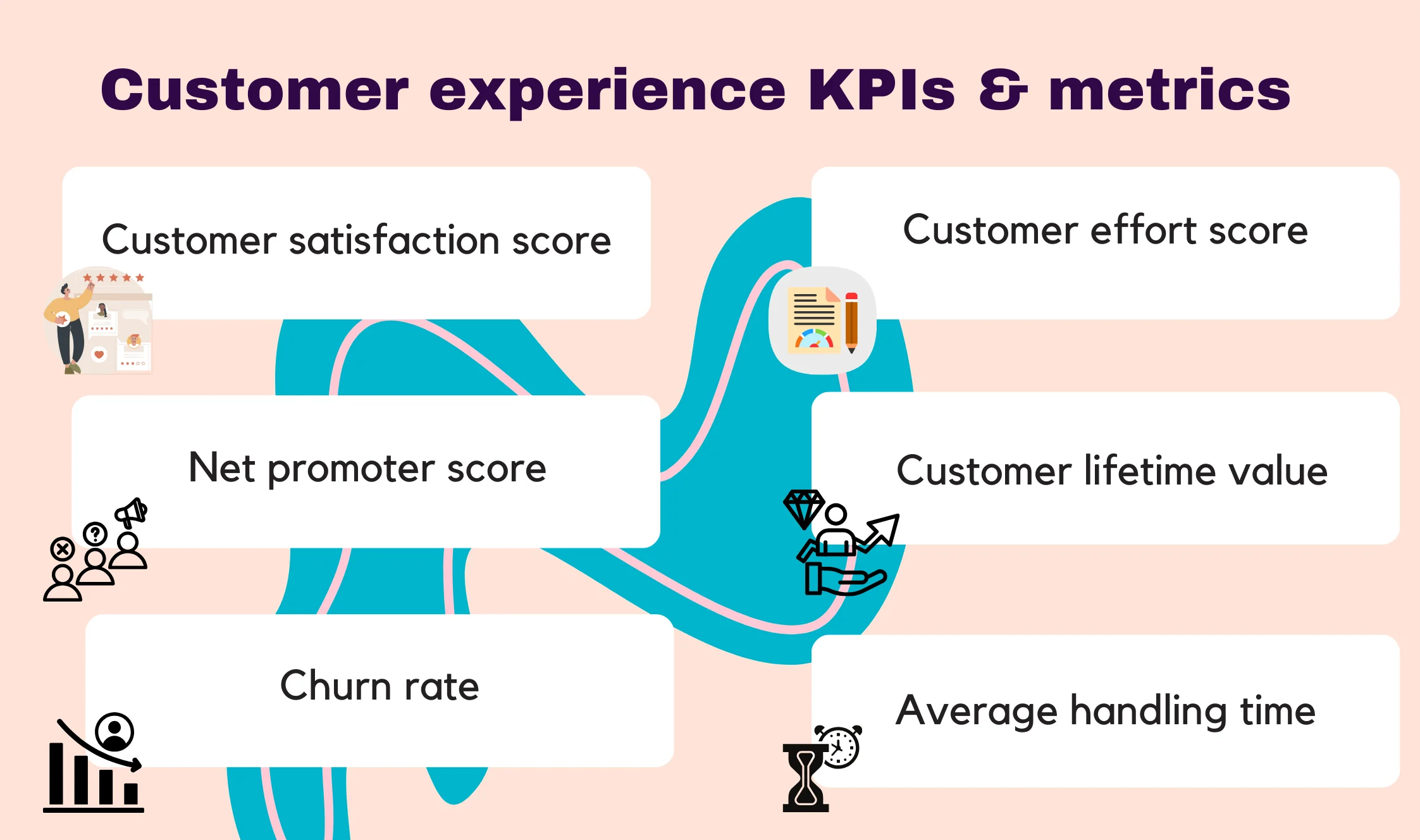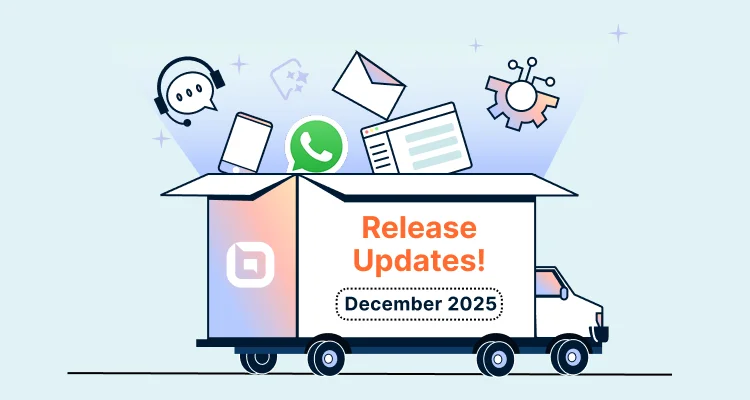A business can offer its customers a wide range of products and services but still fail to fully understand the overall customer experience (CX).
The importance of understanding CX is hard to understate.
A survey by Treasure Data and Forbes Insights found that 74% of customers are “at least somewhat likely to buy based on experience alone.”
With effective CX analytics solutions, businesses can monitor and analyze how customers interact with their products and support teams. This allows businesses to consistently deliver outstanding experiences to customers throughout their journey, making every customer interaction worthwhile.
In this blog post, we will explore customer experience analytics, how to effectively use them, and the benefits they can bring to your business. We will also look into some popular use cases.
Related articles
- What is Customer Service Experience? Definition, Tips, and Examples
- Customer Service vs Customer Experience: Key Differences
- How to Create Customer Experience Strategy
- Top 10 Customer Experience Metrics & KPIs to Measure Success
- How to Improve the Customer Experience: 12 Techniques
- 9 Effective Customer Experience Optimization Strategies
- 7 Best Ways to Utilize AI for Customer Experience
What is customer experience analytics?
Customer experience analytics is the process of collecting data on customer interactions with a company and inspecting it to gain insight into customers’ overall experience.
It involves using various tools and techniques to quantify and evaluate the customer experience at different touchpoints.
The data collected from CX analytics helps businesses understand and predict customer sentiment, identify areas for improvement, and make data-driven decisions that affect the customer journey.
The purpose of these analytics is to give your company the information necessary to deliver customers the best experience possible. Ultimately, it is used to give your company an edge over your competition to both retain existing customers and attract new ones.
How to track and analyze customer experience
Monitoring customer experience involves implementing strategies to ensure customers always get maximum satisfaction at all touchpoints. Here are some best practices to effectively track and analyze CX.
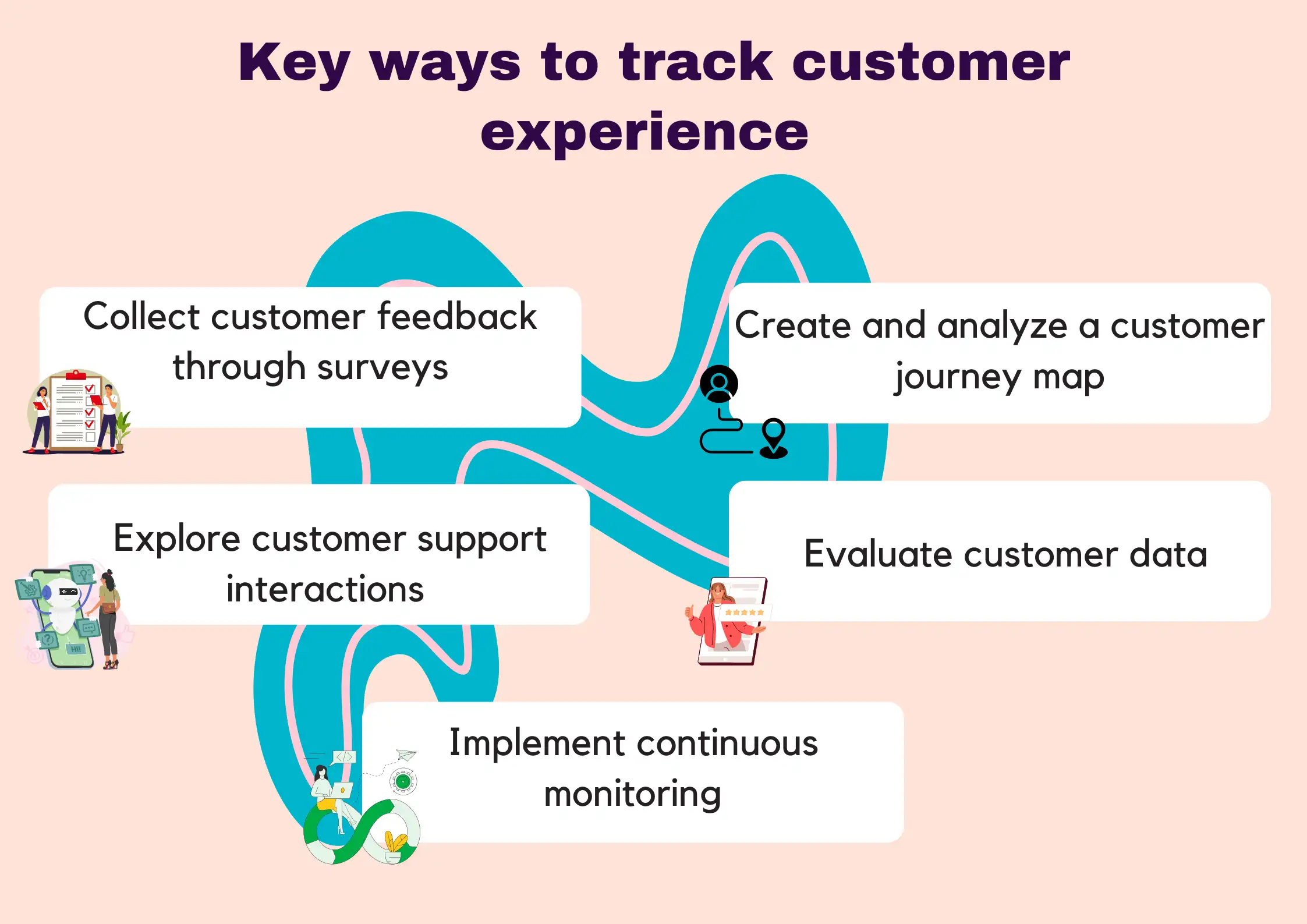
Collect customer feedback through surveys
Once a customer purchases a product or service, you should send them a survey to collect their feedback on the purchasing process. Ask them to be candid about both positive elements and pain points.
Businesses should also administer surveys after customers interact with the support team to learn how satisfied they are with the service they received.
Other valuable ways to gain insight into the customer experience include:
- Social media listening tools
- Website analytics
- Customer support logs
- Community forums
- Product usage data
- Marketing campaigns
Create and analyze a customer journey map
Develop a visual representation of your company’s customer journey to help identify customer behaviors and feelings throughout the customer lifecycle.
Customer journey maps highlight meaningful customer interactions and challenges within the customer experience. With this information, businesses can understand the full breadth of the customer experience with your brand.
Explore customer support interactions
With powerful features such as omnichannel inbox, you can monitor all support interactions across your customer communication channels within a unified platform. Some of these support channels include email, mobile apps, social media platforms, and live chat.
Use analytical tools to evaluate customer sentiment and satisfaction with support and identify trends, patterns, and areas for improvement in support interactions.
Implement continuous monitoring
Identify critical customer service metrics that you can monitor to inform improvements to customer experience. Adjusting on the fly to changes in metrics and KPIs helps businesses maintain the utmost quality of CX.
Customer experience analytics use cases
Analyzing CX will help you make better-informed decisions about everything related to your customer interactions. Specifically, a good understanding of CX analytics can influence business decisions and help you do the following:
Revise marketing plans
Analyzing customer experience assists marketing teams in creating effective campaigns that appeal to and educate consumers about the advantages of their company’s goods and services.
Applying CX analysis to the customer journey shows what customers respond to most. This allows you to enhance your CX strategy for better brand promotion and customer conversion.
Optimize customer service
CX analytics illuminates customer challenges and satisfaction with a company. Businesses can utilize these insights to improve support processes and empower agents, leading to a happier and more loyal customer base.
Personalize customer interactions
When businesses understand their customers’ likes and needs through CX analytics, they can create customer interactions, product recommendations, and support experiences that are unique and relevant to each customer.
Reduce client attrition
Customer dissatisfaction should not be noticed only when customers leave. Brands can utilize insights from CX analytics to identify trends that indicate unhappiness and effectively address those issues to avoid churn.
Increase repurchases
Using CX analytics to know which products customers purchase and how they interact with them can help businesses identify happy, repeat customers.
They can use this knowledge to personalize future experiences, recommend relevant products, and design loyalty programs to increase the chance that customers will buy again.
Customer experience analytics solutions
Ensuring a top-notch customer experience requires a deep understanding of customer behavior, proficiency in CX analytics tools, and the ability to integrate insights effectively into decision-making processes. A growing selection of CX analysis tools is available for businesses today.
BoldDesk
BoldDesk customer service software offers built-in reports and dashboards that track customer support metrics, which can generally be for CX analysis purposes.
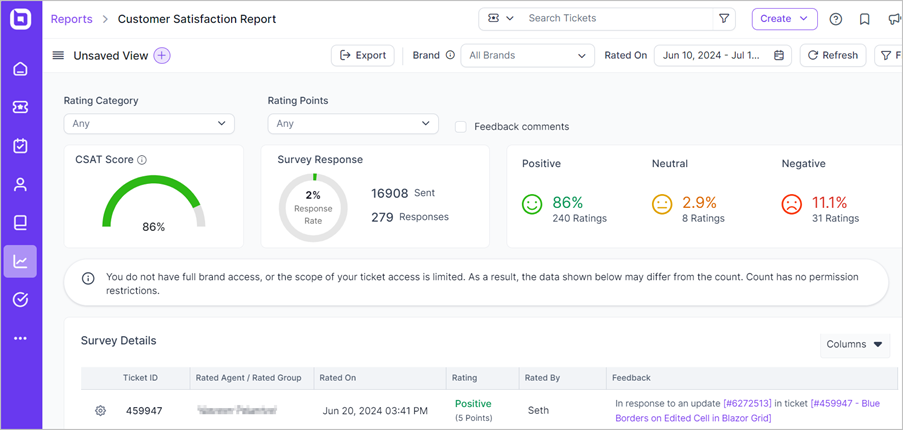
BoldDesk’s reporting and analytics features include:
- Support monitoring dashboards: Monitor support statuses to analyze the number of ticket submissions, track pending and overdue tickets, and identify peak activity hours.
- Support traffic dashboards: Track ticket inflow data over time, allowing for analysis by brand, category, type, priority, and status.
- SLA dashboards: Track instances where SLAs are not met and instances where they are adhered to regarding response times and problem resolution.
- Worklog reports: Monitor the time agents spend on support tickets, categorizing it into billable and non-billable hours.
- Ticket conversation reports: Conveniently gather all support channel messages between the contact and agent in one place.
- Agent performance dashboards: Monitor the performance of agents and teams
- Contact management dashboards: Track customer experience metrics for contacts and contact groups (companies).
With BoldDesk help desk software, you can collect metrics and send out custom surveys to gather feedback and improve the customer experience.
Additionally, BoldDesk is an effective automated customer service system to help you solve customers’ issues quickly, resulting in higher customer satisfaction.
Medallia
Medallia is a cloud-based experience management platform that features feedback capture, AI, analytics, and role-based reporting.
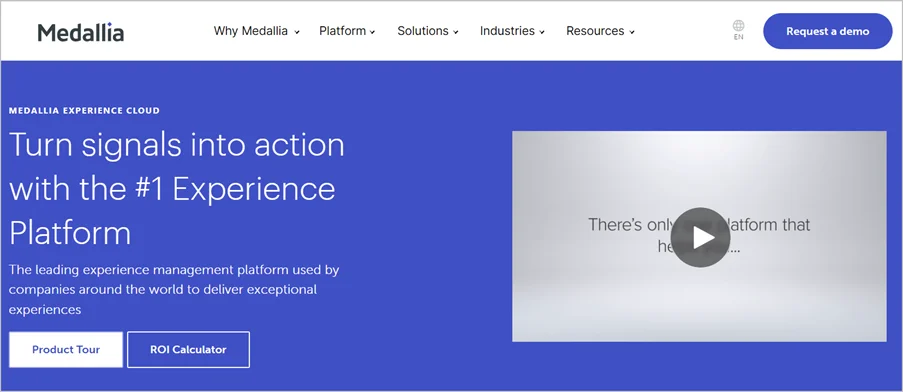
Medallia’s AI-powered platform enables businesses to enhance customer experiences, improve work procedures, and cultivate customer relationships.
Mixpanel
Mixpanel is a customer experience analytics tool that enables companies to monitor and assess real-time consumer interactions with their goods.

By leveraging features such as lifecycle cohort analysis and funnel tracking, Mixpanel assists businesses in improving their customer experience and driving growth.
Qualaroo
Qualaroo is a customer experience analytics tool that gathers real-time customer feedback through targeted surveys on websites and apps.
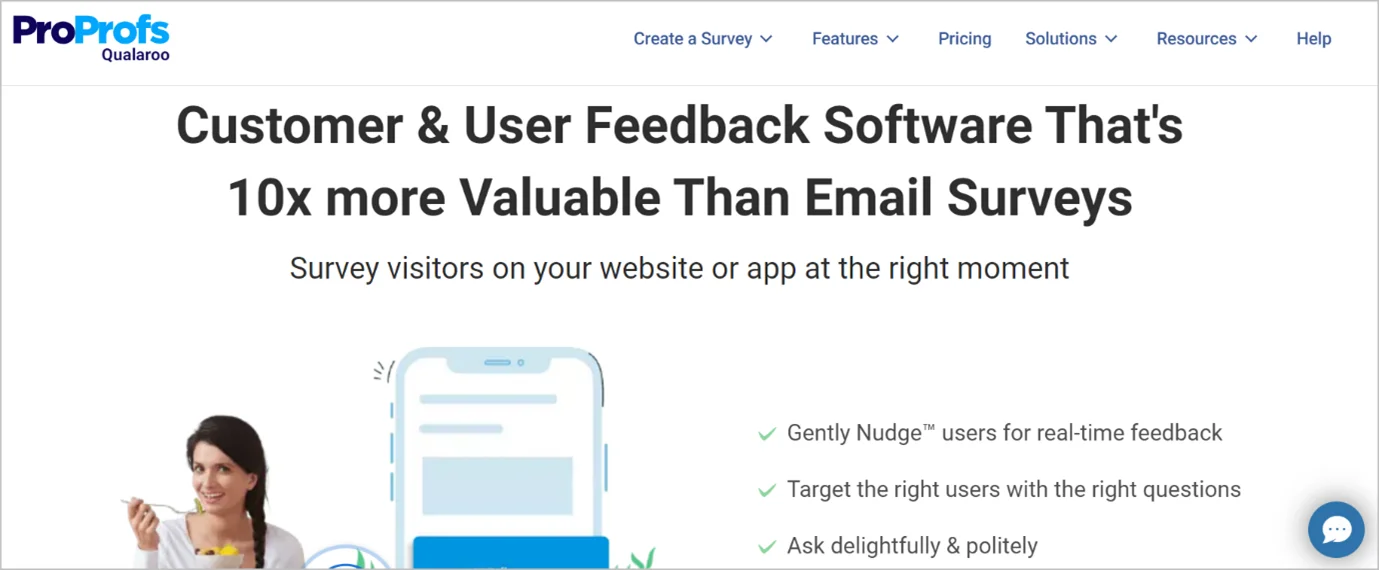
By utilizing its targeting and behavioral analysis features, businesses can collect insights directly from users at critical points in their journey.
KPIs for customer experience analytics
Many measurements comprise a complete CX evaluation, such as customer satisfaction, customer effort score, net promoter score, and many more. Here are the critical CX metrics and KPIs to analyze:
Customer satisfaction score
A customer satisfaction score measures customers’ satisfaction with a company’s products, services, or experiences. These scores are usually gathered through surveys asking customers to quantify their satisfaction following a specific interaction.
Here is the formula for calculating customer satisfaction score:

High CSAT scores indicate that customers are happy with their experience, which can lead to repeat business and positive referrals through customer advocacy.
Customer effort score
This metric assesses the effort customers must put into various interactions with your company, such as resolving an issue, fulfilling a request, or obtaining a product or service.
To evaluate this score, asked customers to rate how easy or difficult their experience in a specific interaction was. This should be checked after any interaction to give the business insight into all aspects of its CX.
The formula for finding customer effort score is:

Net promoter score
Net promoter score measures how likely clients are to recommend your business’s goods or services to others. It divides customers into promoters (likely to recommend), passives (indifferent), and detractors (likely to discourage).
The formula for finding the net promoter score is:

A high net promoter score indicates positive word-of-mouth potential, which can drive growth and help you acquire new customers.
Customer lifetime value
Customer lifetime value predicts the total income a company expects from a customer account during the entire business relationship. It considers the initial purchase, purchase frequency, and average customer lifespan.
The formula for finding customer lifetime value is:

Knowing the customer lifetime value helps businesses make informed decisions on marketing spend, customer acquisition, and customer retention strategies.
Churn rate
The churn rate tracks the percentage of consumers who discontinue using a company’s products or services during a given period.
The formula for finding the churn rate is:

A high customer churn rate signifies customer dissatisfaction and a need for improved retention strategies, while a low churn rate indicates strong customer loyalty and effective retention efforts.
Average handle time
Average handle time (AHT) measures the average duration of customer interactions, from initiation to resolution. It can be measured for phone support, email support, and live chat software support.
The formula for calculating AHT for phone support is:

By monitoring AHT, businesses can assess the effectiveness of their customer support processes and identify where they can improve wait times and increase service quality.
Lower AHT generally indicates a more efficient and satisfying customer service experience, resulting in greater customer happiness and loyalty.
Reasons why customer experience analysis is crucial for your business
The following are the main benefits of customer experience analytics to businesses:
- Provides insight into customer behavior: CX analytics provide valuable insights into customer expectations, behavior, and preferences. This enables companies to comprehend clients’ needs and desires.
- Identifies customer pain points: By analyzing customer feedback and interactions, businesses can identify areas where customers are experiencing issues or dissatisfaction, enabling them to make targeted improvements.
- Enhances customer satisfaction: CX analytics helps businesses understand individual customer perceptions and tailor experiences to meet their needs, increasing customer satisfaction and loyalty.
- Increases proactiveness: Customer experience analysis assists businesses in predicting future customer behavior and trends, allowing them to offer proactive customer service, address potential issues, and capitalize on opportunities.
- Enhances decision-making: When businesses collect compelling data-driven insights from CX analytics, they can make well-informed decisions about product development, marketing strategies, and customer service.
- Leads to competitive advantages: Businesses that effectively leverage CX analytics can differentiate themselves from competitors by offering superior, personalized experiences that resonate with customers.
- Increases profits: An overwhelmingly positive customer experience often leads to higher customer lifetime value, referrals, and repeat business, ultimately driving revenue growth.
Leverage customer experience analytics for business growth
Businesses should utilize customer experience analytics solutions to monitor and analyze customer interactions. With the right solution, businesses are equipped with valuable insights into the overall customer experience and how to improve it for continued growth.
Consider investing in customer experience analytics tools like BoldDesk to take your customer experience to the next level.
Schedule a live demo or start a free trial to see how BoldDesk can help you collect insights on your business’s customer experience.
Do you have suggestions for maximizing the effectiveness of customer experience analytics? Share your thoughts and suggestions in the comment section below.
FAQs
What factors should I consider when selecting a CX analytics solution?
- The solution should be cost-effective for your business.
- The solution should require minimal setup and configuration.
- The solution should comply with industry standards for data security and privacy.
- The solution should allow you to create and distribute customer surveys and analyze the results.
- The solution should offer comprehensive reporting capabilities, including the ability to create custom reports.
Who can use CX analytics tools?
- Customer experience managers
- Senior company managers and executives
- Market research analysts
- Sales representatives and leads
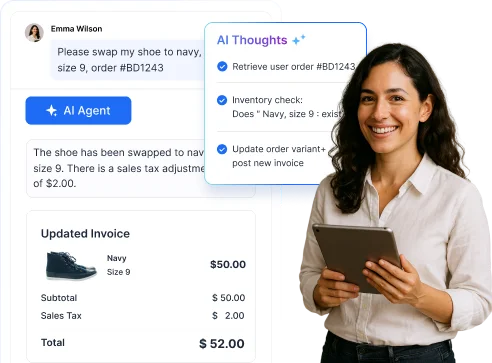


















 Email Ticketing System
Email Ticketing System Shared Inbox Software
Shared Inbox Software Multi Brand Help Desk
Multi Brand Help Desk Internal Help Desk Software
Internal Help Desk Software Trouble Ticketing Software
Trouble Ticketing Software Mobile Help Desk
Mobile Help Desk 










